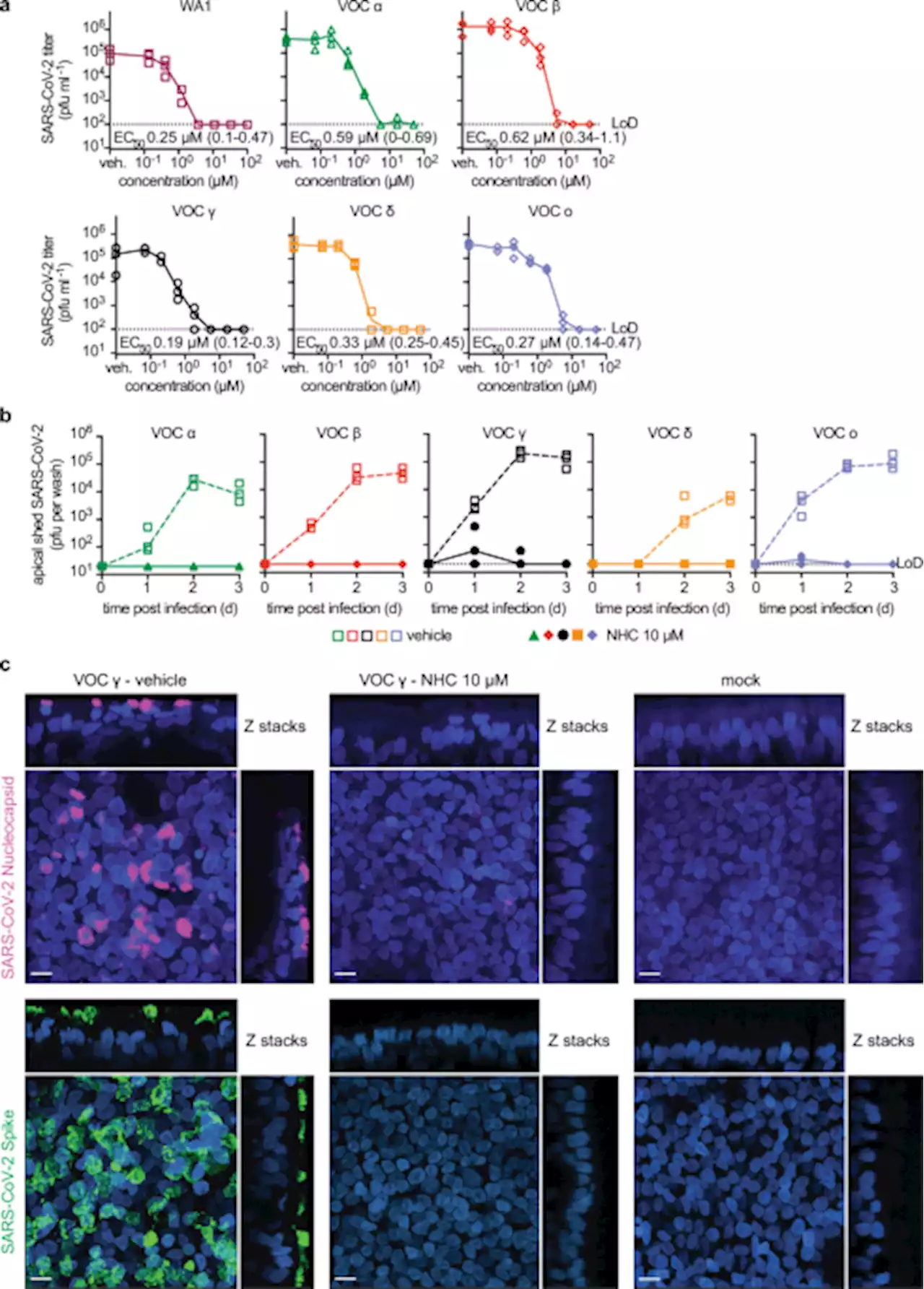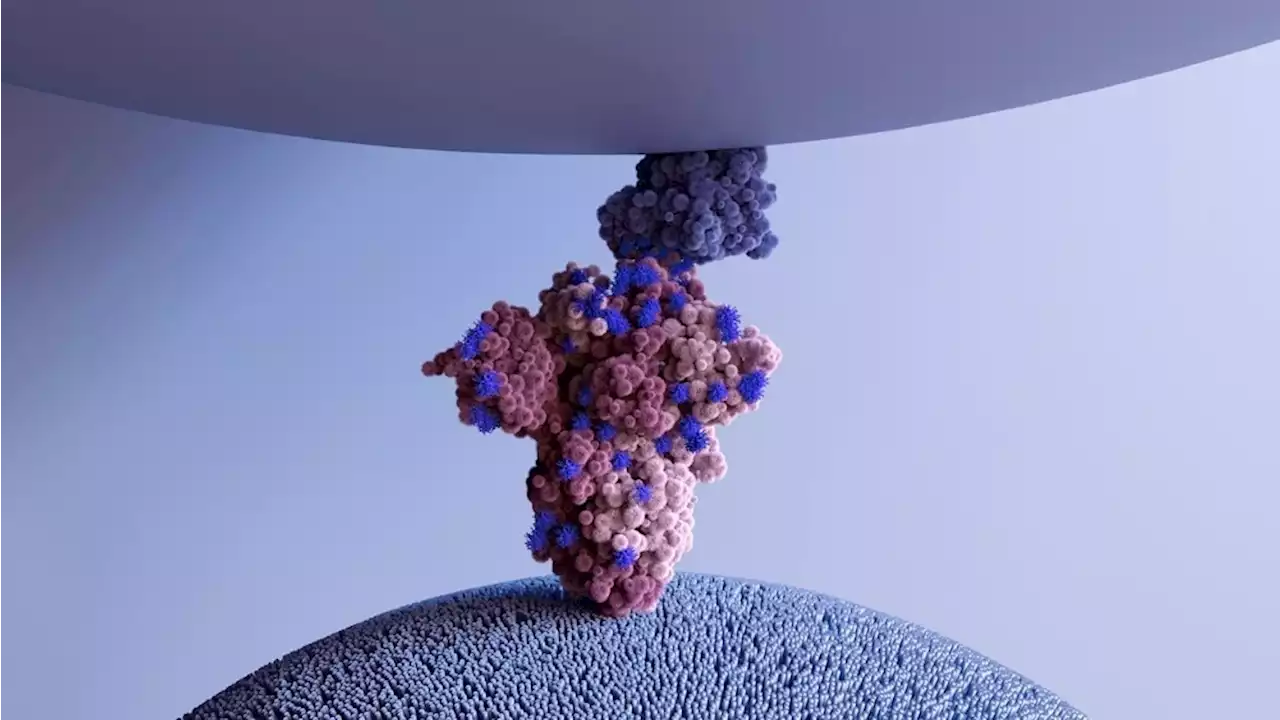Iron buildup in brain linked to higher risk for movementdisorders ucsandiego jamaneuro
To what extent does genetic risk for hemochromatosis affect the brain and contribute to risk for neurological disorders?In this cross-sectional study that included 836 participants, we found that individuals at high genetic risk for developing hemochromatosis had magnetic resonance imaging scans indicating substantial iron deposition localized to motor circuits of the brain.
Genetic risk for hemochromatosis is associated with abnormal iron deposition in motor circuits and increased risk of movement disorders, regardless of formal diagnosis of hemochromatosis, and treatment for hemochromatosis that reduces iron overload may prove beneficial for male individuals at genetic risk for hemochromatosis who have movement disorders.Hereditary hemochromatosis is an autosomal recessive genetic disorder that leads to iron overload.
Ireland Latest News, Ireland Headlines
Similar News:You can also read news stories similar to this one that we have collected from other news sources.
Association and Familial Coaggregation of Childhood-Onset Type 1 Diabetes With Depression, Anxiety, and Stress-Related Disorders: A Population-Based Cohort StudyOBJECTIVE. To estimate the association and familial coaggregation of childhood-onset type 1 diabetes with depression, anxiety, and stress-related disorders.RESE
Read more »
 A systematic analysis of splicing variants identifies new diagnoses in the 100,000 Genomes Project - Genome MedicineBackground Genomic variants which disrupt splicing are a major cause of rare genetic diseases. However, variants which lie outside of the canonical splice sites are difficult to interpret clinically. Improving the clinical interpretation of non-canonical splicing variants offers a major opportunity to uplift diagnostic yields from whole genome sequencing data. Methods Here, we examine the landscape of splicing variants in whole-genome sequencing data from 38,688 individuals in the 100,000 Genomes Project and assess the contribution of non-canonical splicing variants to rare genetic diseases. We use a variant-level constraint metric (the mutability-adjusted proportion of singletons) to identify constrained functional variant classes near exon–intron junctions and at putative splicing branchpoints. To identify new diagnoses for individuals with unsolved rare diseases in the 100,000 Genomes Project, we identified individuals with de novo single-nucleotide variants near exon–intron boundaries and at putative splicing branchpoints in known disease genes. We identified candidate diagnostic variants through manual phenotype matching and confirmed new molecular diagnoses through clinical variant interpretation and functional RNA studies. Results We show that near-splice positions and splicing branchpoints are highly constrained by purifying selection and harbour potentially damaging non-coding variants which are amenable to systematic analysis in sequencing data. From 258 de novo splicing variants in known rare disease genes, we identify 35 new likely diagnoses in probands with an unsolved rare disease. To date, we have confirmed a new diagnosis for six individuals, including four in whom RNA studies were performed. Conclusions Overall, we demonstrate the clinical value of examining non-canonical splicing variants in individuals with unsolved rare diseases.
A systematic analysis of splicing variants identifies new diagnoses in the 100,000 Genomes Project - Genome MedicineBackground Genomic variants which disrupt splicing are a major cause of rare genetic diseases. However, variants which lie outside of the canonical splice sites are difficult to interpret clinically. Improving the clinical interpretation of non-canonical splicing variants offers a major opportunity to uplift diagnostic yields from whole genome sequencing data. Methods Here, we examine the landscape of splicing variants in whole-genome sequencing data from 38,688 individuals in the 100,000 Genomes Project and assess the contribution of non-canonical splicing variants to rare genetic diseases. We use a variant-level constraint metric (the mutability-adjusted proportion of singletons) to identify constrained functional variant classes near exon–intron junctions and at putative splicing branchpoints. To identify new diagnoses for individuals with unsolved rare diseases in the 100,000 Genomes Project, we identified individuals with de novo single-nucleotide variants near exon–intron boundaries and at putative splicing branchpoints in known disease genes. We identified candidate diagnostic variants through manual phenotype matching and confirmed new molecular diagnoses through clinical variant interpretation and functional RNA studies. Results We show that near-splice positions and splicing branchpoints are highly constrained by purifying selection and harbour potentially damaging non-coding variants which are amenable to systematic analysis in sequencing data. From 258 de novo splicing variants in known rare disease genes, we identify 35 new likely diagnoses in probands with an unsolved rare disease. To date, we have confirmed a new diagnosis for six individuals, including four in whom RNA studies were performed. Conclusions Overall, we demonstrate the clinical value of examining non-canonical splicing variants in individuals with unsolved rare diseases.
Read more »
 SARS-CoV-2 VOC type and biological sex affect molnupiravir efficacy in severe COVID-19 dwarf hamster model - Nature CommunicationsMolnupiravir was the first orally available SARS-CoV-2 antiviral approved for outpatient use against SARS-CoV-2, but its efficacy against variants of concern, especially delta, was questioned. Here the authors evaluate molnupiravir against variant of concern in numerous models, including human airway epithelium organoids, ferrets and Roborovski dwarf hamsters.
SARS-CoV-2 VOC type and biological sex affect molnupiravir efficacy in severe COVID-19 dwarf hamster model - Nature CommunicationsMolnupiravir was the first orally available SARS-CoV-2 antiviral approved for outpatient use against SARS-CoV-2, but its efficacy against variants of concern, especially delta, was questioned. Here the authors evaluate molnupiravir against variant of concern in numerous models, including human airway epithelium organoids, ferrets and Roborovski dwarf hamsters.
Read more »
 Covid infections could give just 28 days immunity as experts warn of shorter, sharper wavesScientists have warned people could face being infected with Covid several times a year after four peaks in the Omicron variant within seven months
Covid infections could give just 28 days immunity as experts warn of shorter, sharper wavesScientists have warned people could face being infected with Covid several times a year after four peaks in the Omicron variant within seven months
Read more »
 Covid 'holy grail' vaccine could target multiple variantsScientists at the Francis Crick Institute believe they found a genetic feature of the covid virus that appeared 'similar' to a number of coronaviruses that are less prone to mutations which could prove as a 'holy grail' vaccine.
Covid 'holy grail' vaccine could target multiple variantsScientists at the Francis Crick Institute believe they found a genetic feature of the covid virus that appeared 'similar' to a number of coronaviruses that are less prone to mutations which could prove as a 'holy grail' vaccine.
Read more »
 Decoy ACE2 receptors broadly neutralize SARS-CoV-2 variantsDecoy ACE2 receptors broadly neutralize SARS-CoV-2 variants ACE2 Coronavirus Disease COVID SARSCoV2 CellPressNews osaka_univ_e KyotoU_News
Decoy ACE2 receptors broadly neutralize SARS-CoV-2 variantsDecoy ACE2 receptors broadly neutralize SARS-CoV-2 variants ACE2 Coronavirus Disease COVID SARSCoV2 CellPressNews osaka_univ_e KyotoU_News
Read more »